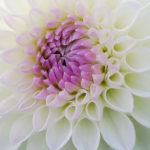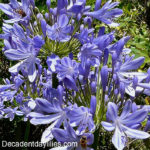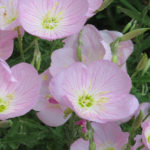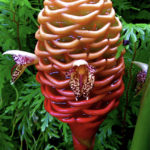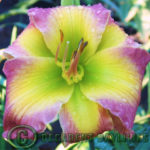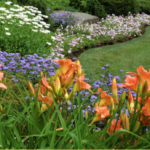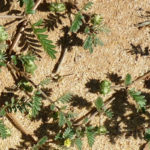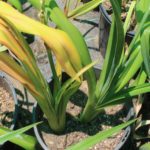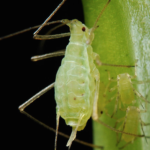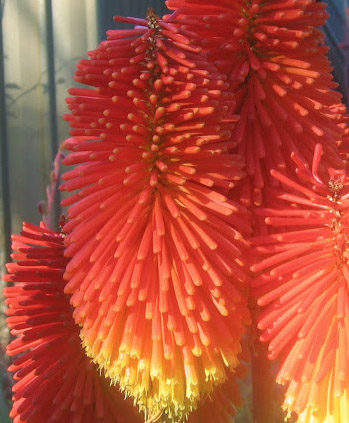
Kniphofia Red Hot Poker Torch Lily
Kniphofia Red Hot Poker Torch Lily
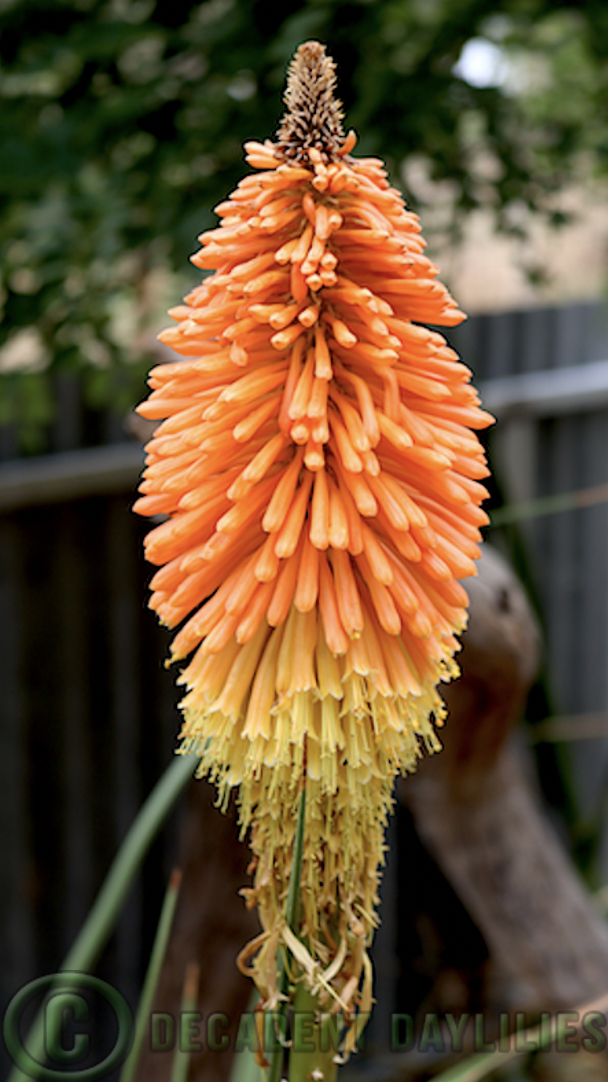 What is a Kniphofia Red Hot Poker?
What is a Kniphofia Red Hot Poker?
The Red Hot Poker also known as the Kniphofia, Tritoma or the Torch Lily grows in clumps that produce tall magnificent bottlebrush spikes. In colours of red, orange, white or green or combinations of. Most of these colours can be seen on the one flower, from when the flower starts flowering till the same flower has withered. This particular flowering beauty belongs to the genus in the family Xanthorrhoeaceae, subfamily Asphodeloideae, which includes more than 70 species that originally came from South Africa. The red hot poker is a herbaceous perennial and it’s known to our Australian nectar feeding birds especially the rosellas, honeyeater and wattlebirds that dine on the tall striking flower heads between autumn and spring.
Red and Yellow Hot Poker Types
With a range of different heights, the most common red hot poker flowers grown in my garden in Australia for landscaping are Kniphofia Uvaria, Yellow Hammer, Lime Glow, Percy’s Pride, Caulescens, Ensifolia, James Nottle and Traffic Lights to name a few as I have many more. From 25 inches tall for the dwarf red hot poker Little Maid a small variety that has spikes of creamy white to one of the tallest hot pokers winter cheer that grows to a height of 180 inches and Kniphofia Prince Igor Flowers pictured flowering in my garden in early December.
Kniphofia Red Hot Poker Plant Care
You may enjoy a stunning plant in bloom for many years. This can only be accomplished with high-quality, well-drained soil that is rich in humus. Like other plants, they will flower and thrive at their best when they are properly cared for and maintained. The evergreen pokers are fairly drought tolerant, and frost resistant, but not completely hardy against the most extremes of climates that we are used to here in Australia. For easy care low maintenance, buy the tougher hot poker varieties which sport distinctively narrower leaves.
Prune and deadhead the red hot poker flowering stalks after flowering by cutting them back down to the crown and in late autumn primarily you can cut the long leaves by half only to keep your hot pokers neat and tidy. These plants are best planted in spring after the last frost if you are introducing them to your garden.
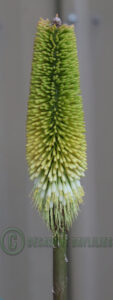 When do Red Hot Pokers Flower
When do Red Hot Pokers Flower
If you want a consistent border of Kniphofias, choose just one kind. Various Kniphofia species bloom at different times of the year and have varying heights. They look fantastic in a single colour, as a centrepiece in cottage type gardens, or simply planted here and there. For best results, plant the tallest hot pokers towards the back of the garden and the short varieties in the front. If selecting a few different types of red hot pokers from your local nursery they will flower at different times of the year.
How to Grow Red Hot Poker Seeds
Kniphofia will grow by division or seed, to begin with, it is best to grow the seed using seed raising mix around April in Australia. The seeds do not require any special treatment. Sow the seed twice as deep as the seed and keep them watered and fertilised and you should see them ready to be transplanted in time for summer but don’t expect the seedlings to flower till the following year only once the seedlings have matured. The seedlings flowers will take another three years for them to reach their full potential. Once your plants have really matured you can increase your stock by dividing, this will give you the exact same clone. The downside of germinating red hot poker seeds is they will never be the same as the parent plant that you picked the seeds off, but look on the bright side you could breed something special like me. (right) This seedling is very much like Kniphofia Bruceae its height is well over a metre tall.
Kniphofia Winter Cheer
Winter Cheer is a striking, free flowering tall hot poker that flowers every year for me in the middle of winter when all other perennial plants have been pruned or cut back. The spring bulbs are usually still dormant and not much else is flowering in the garden cheering up the gloomy dull winter garden with their huge orange red bottle brush flowers this really makes them the focal point of the garden. Winter Cheer can bloom for six weeks depending on the size of the clump, and how well the plant has been watered and organically fertilised.
Planting and Caring for Kniphofia Red Hot Poker Plant
If the plants are properly maintained and cared for, hot pokers bloom once a year at their designated time.
Kniphofia red hot poker roots are monocots with fibrous, wide spreading roots, the polar opposite of a dicot root structure. Taproot bearing dicots have a single thick root.
Where to grow these lovely red hot fire poker plants will grow in part shade but prefer full sun with soil that has excellent drainage, they will not tolerate clay soils especially during the colder months.
Water once a week is sufficent throughout the summer, or twice a week after planting new plants.
Transplanting to move a plant dig a hole that is about 20cm deep and 10cm wide needs to be created. Use a mixture of 50% compost and 50% grit to plant the red hot poker plant in your garden.
Planting the poker plants never cover the crown with soil deeper than 3 inches otherwise the hot poker may not flower and could even rot.
Divide because hot poker plants flower at different times of the year it is best to divide poker plants straight after flowering preferably in the cooler months of the year.
Mulch after you’ve separated and replanted the plant, keep the mulch away from the crown.
Red hot pokers are so easy to grow great for the beginner gardeners because of their low maintenance and very easy to care for, why not grow a Kniphofia Uvaria plant today.



